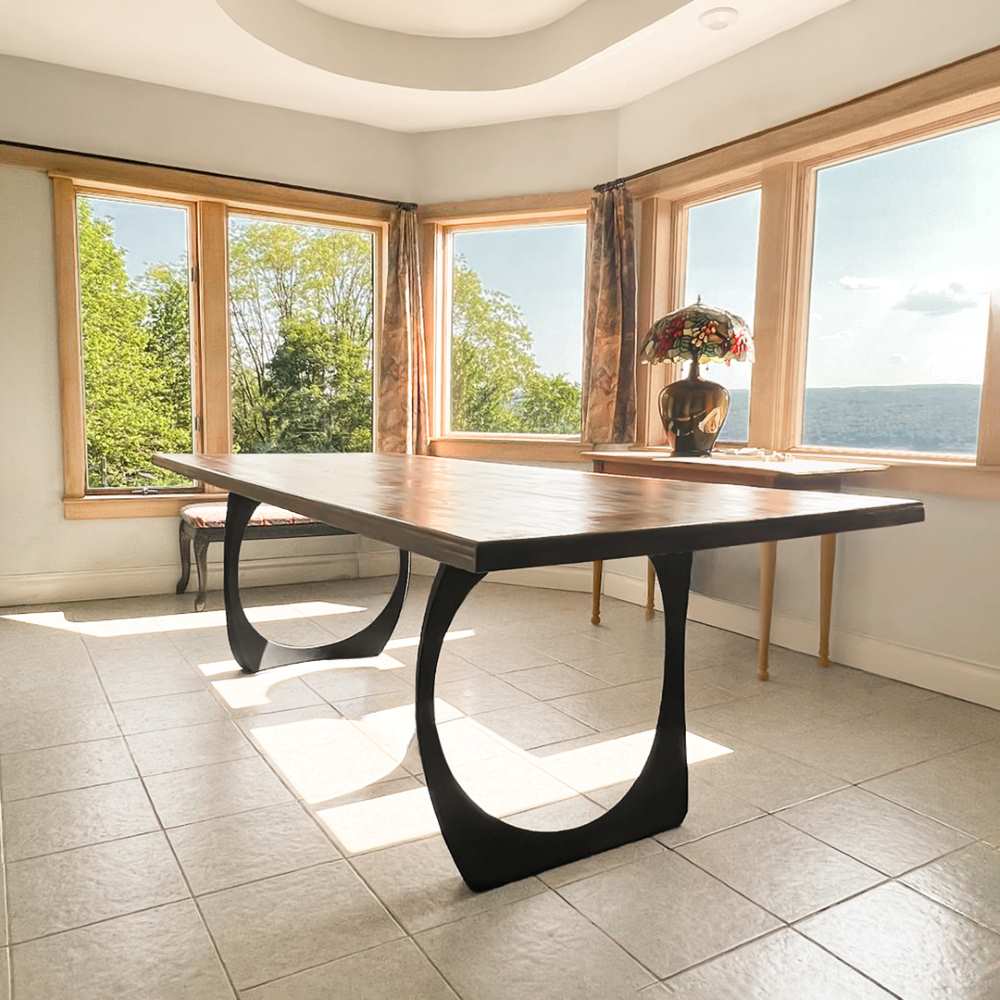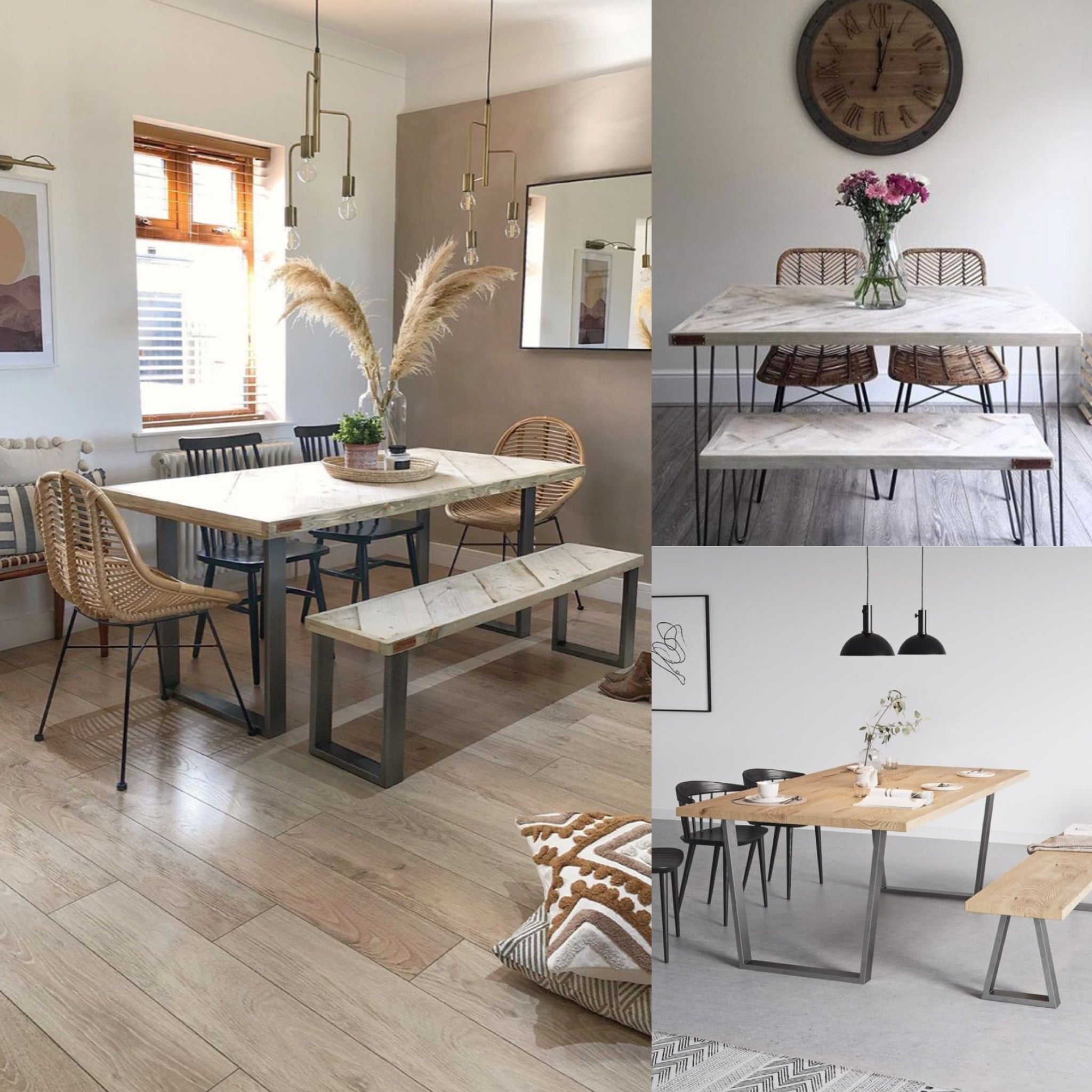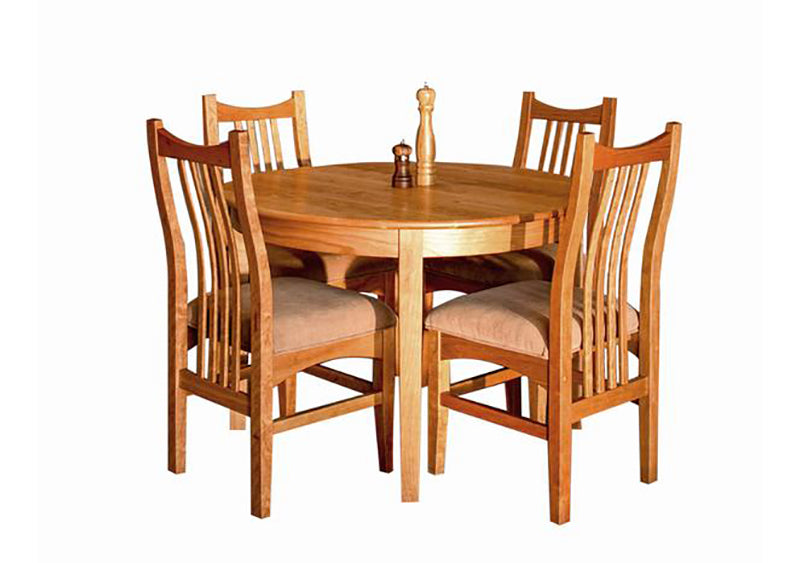Just How to Pick the Perfect Dining Area Table Legs for Your Home Design
Choosing the excellent dining-room table legs is a nuanced procedure that requires mindful factor to consider of different aspects, including your area restrictions, visual preferences, and sensible demands. The interaction between dimensions, styles, and materials can considerably influence the atmosphere of your eating location, making it important to approach this choice methodically. As you consider the myriad options readily available, it becomes clear that the appropriate choice extends past plain look; it can improve your overall eating experience. What aspects should you focus on to guarantee your option enhances your home's unique personality?
Assess Your Eating Area
Assessing your dining room is essential for picking the right table legs that complement both looks and performance. Begin by determining the measurements of your dining area, including ceiling height, floor space, and closeness to other furnishings. This details will certainly assist determine the suitable size and elevation of your dining table, which straight affects the selection of table legs.
Following, take into consideration the design and layout of your eating space. For example, an open-concept design might profit from table legs that provide aesthetic agility, such as slim steel or acrylic choices. On the other hand, an extra typical setting could ask for durable wooden legs that supply a sense of permanence.
Examine the existing shade scheme and products in your eating area. Harmonizing the table legs with these elements develops a cohesive appearance that improves the overall decor. In addition, consider the capability called for in your space. For instance, if you regularly hold large celebrations, think about legs that supply added support and stability.
Ultimately, a detailed assessment of your dining area will certainly assist you in making an educated decision, making sure that your table legs not only enhance the visual charm yet likewise serve practical functions.
Consider Your Style Preferences
When choosing dining-room table legs, it is vital to review your personal design choices, as they considerably affect the overall visual of your eating space. Your choice of table legs can either complement or comparison with existing décor, making it critical to straighten them with your favored indoor layout motif.
If your home leans towards a contemporary visual, take into consideration streamlined metal or minimal wooden legs that give a tidy, minimalist appearance. For an extra standard method, luxuriant wooden legs with detailed makings can add a touch of style and refinement. Industrial styles take advantage of durable, resources such as redeemed wood and steel combinations, mirroring a sturdy appeal.
Additionally, farmhouse and rustic styles usually prefer sturdy, beefy legs that stimulate a feeling of heat and convenience. Alternatively, if your décor is diverse, you might choose unusual forms or a mix of materials to create aesthetic passion.

Evaluate Material Options
The choice of product for dining area table legs plays a pivotal duty in both sturdiness and visual appeal. Typical materials consist of wood, steel, and composite alternatives, each offering distinctive characteristics that can affect the general appearance and long life of your table.
Wood is a traditional choice, recognized for its heat and convenience. Woods like oak and walnut provide phenomenal strength and can be completed in different stains to match any type of decor. Softwoods like want are much more prone to scratches and damages, making them much less suitable for high-traffic locations.
Metal legs, commonly crafted from steel or light weight aluminum, radiate modernity and industrial appeal. They are immune and highly resilient to put on, making them suitable for households with children or constant celebrations (dining room table legs). In addition, steel can be ended up in different shades, boosting the modification opportunities
Composite products, such as MDF or laminate, offer price and varied styles. While generally much less resilient than solid timber or metal, they can still supply a fashionable appearance and are frequently easy to preserve.
Ultimately, the material you choose ought to align with your lifestyle, visual preferences, and the degree of usage your eating table will experience.
Determine Elevation and Dimension
Picking the ideal elevation and dimension for your dining-room table is crucial for both performance and convenience. The conventional elevation for eating tables normally ranges from 28 to 30 inches, allowing enough legroom for a lot of individuals when seated. Nonetheless, it is crucial to think about the measurements of your eating space and the sorts of chairs you plan to use.

Additionally, think about the proportions of your dining-room. A larger table in a spacious area can create a grand ambiance, while a smaller table works well in even more intimate settings. Ultimately, the appropriate elevation and dimension will certainly integrate with your overall design and enhance the eating experience for you and your guests.
Explore Modification Opportunities

Additionally, the layout of the legs can be tailored to fit various styles, such as rustic, modern, or commercial. Tapered legs can evoke a mid-century modern-day feel, while chunky, block-style legs may reverberate with conventional or farmhouse style.
Home owners can also discover shade finishes, from natural wood discolorations to repaint, allowing them to match or contrast with the table top and bordering design.
Furthermore, leg height can be adapted to suit specific seating arrangements or personal choices, improving both comfort and capability.
Lastly, unique embellishments, such as carvings or decorative brackets, can additionally customize the table legs, making the dining experience not simply a declaration yet a meal item in the home. By taking into consideration these customization choices, house owners can create a dining-room table that absolutely reflects their originality.
Conclusion
Selecting the optimal dining area table legs requires cautious consideration of various aspects, consisting of the dimensions of the eating room, style preferences, material longevity, and wanted elevation. Customization options better improve the capacity to attain a cohesive aesthetic that matches the total decor. By methodically reviewing these components, homeowners can ensure that the selected table legs not just satisfy useful needs however likewise contribute favorably to the dining experience and setting of the home.
Choosing the ideal dining room table legs is a nuanced process that requires mindful consideration of various aspects, including your space restrictions, aesthetic choices, and functional needs.Analyzing your dining room is critical for Click This Link picking the right table legs that enhance both aesthetic appeals and capability.When determining dimension, measure the location where the table will be placed to ensure it fits comfortably, enabling for at least 36 inches of clearance around the table for easy movement. A bigger table in a roomy location can create a grand atmosphere, while a smaller table works well in even more intimate setups.Picking the suitable eating room table legs needs mindful consideration of different elements, consisting of the measurements of the dining room, design preferences, product durability, and desired height.